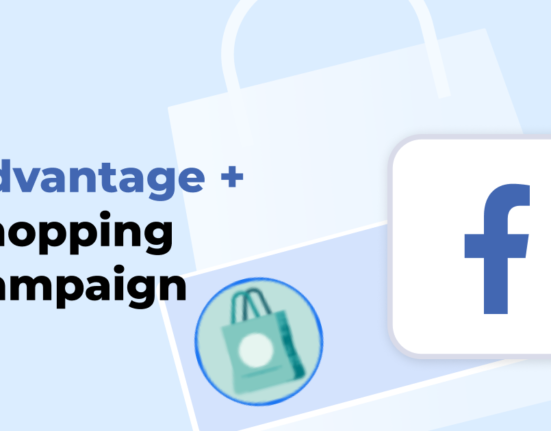YouTube, the world’s largest video-sharing platform, has recently conducted a global experiment aimed at tackling the issue of ad blocking. Ad blocking software has been a concern for both content creators and advertisers, as it limits revenue potential and disrupts the ad-supported model. In this article, we will explore YouTube’s recent experiment, the impact on ad blocking, and the implications for content creators and advertisers.
The Global Experiment:
Removing Ad-Skipping Capabilities:
- As part of the experiment, YouTube temporarily disabled the skip button on video ads for a select group of users. Typically, viewers can skip ads after a few seconds, but this change aimed to assess the impact of removing ad-skipping capabilities on ad completion rates and overall user engagement.
Assessing User Response:
- YouTube closely monitored user behavior during the experiment, including ad completion rates and viewer feedback. By gathering insights on how users interacted with non-skippable ads, YouTube aimed to understand the effectiveness of the ad experience and potential implications for its advertising model.
Impact on Ad Blockers:
Ad Blocker Workarounds:
- Ad blocking software is designed to detect and remove ads from web pages, including video ads on YouTube. However, the recent experiment challenged the effectiveness of some ad blockers, as the non-skippable ads were not easily bypassed. This raised concerns among ad-blocking software developers and led to discussions about potential countermeasures.
Evolving Ad Blocker Technology:
- YouTube’s experiment highlights the need for ad blocker developers to adapt their technology to counter the platform’s efforts to limit ad blocking. As platforms like YouTube find ways to make ads more difficult to block or skip, ad-blocking software developers must innovate to maintain their effectiveness, potentially leading to an ongoing cat-and-mouse game between the two sides.
Implications for Content Creators and Advertisers:
Revenue Potential for Content Creators:
- For content creators on YouTube, ad revenue plays a crucial role in monetizing their content. By making non-skippable ads more prevalent, YouTube’s experiment aims to enhance revenue potential. If successful, this change could positively impact content creators by increasing ad impressions and the overall value of their ad-supported content.
Advertiser Engagement and Reach:
- Non-skippable ads provide advertisers with the opportunity to capture viewers’ attention for the entire duration of the ad. This can lead to improved engagement and message retention. However, striking the right balance is crucial to prevent a negative user experience and potential backlash from viewers.
Balancing User Experience and Revenue:
User Experience Concerns:
- YouTube’s experiment raises questions about the balance between ad revenue and user experience. Non-skippable ads, if overused or intrusive, can lead to viewer frustration and a decline in user satisfaction. Finding the right frequency, duration, and relevance of non-skippable ads is essential to maintain a positive user experience on the platform.
Ad Innovation and Creativity:
- To mitigate the potential negative impact of non-skippable ads, advertisers must focus on delivering captivating and relevant content that resonates with viewers. Creative storytelling, engaging visuals, and personalized messaging can enhance the effectiveness of non-skippable ads, minimizing viewer resistance and driving better results for advertisers.
YouTube’s recent global experiment, aimed at addressing ad blocking challenges, puts a squeeze on ad blockers by temporarily disabling the skip button on video ads. This move highlights the ongoing battle between platforms and ad-blocking software developers. While the experiment has potential implications for content creators and advertisers, finding the right balance between user experience and revenue remains crucial.
Advertisers must prioritize innovation and creativity to deliver compelling non-skippable ad content, while platforms like YouTube must carefully consider the impact of non-skippable ads on user satisfaction. By striking this delicate balance, platforms can maximize revenue potential, content creators can monetize their content effectively, and advertisers can engage viewers in meaningful ways on the evolving landscape of online video advertising.











Leave feedback about this